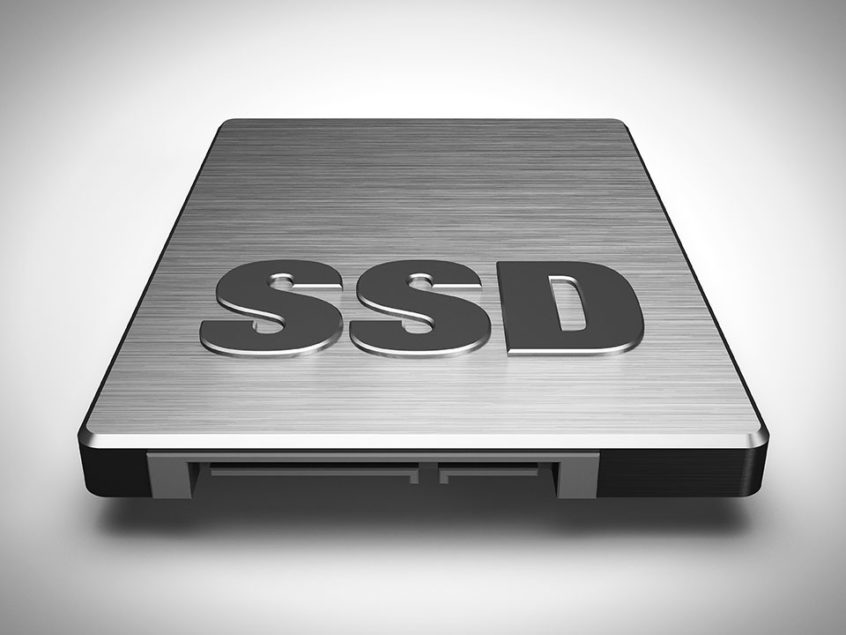Simplify the process of restoring, retrieving, and transferring files with solid state hard drives.
For professional photographers and videographers who do a lot of large production or advertising shoots, there’s nothing more important than being able to keep the process moving quickly and smoothly. There is likely quite a bit of money and time tied up in any large production shoot so you’ll want to provide the client with a high quality product as well as an efficiently-run shoot.
The next obvious question is: how can a digital professional ensure a quick, smooth process each and every time? The three main components are:
- computers starting up quickly
- files transferring quickly, without any errors
- files are kept safe
Unfortunately, although files are much bigger these days, photographers and videographers are still required to transfer all that data quickly to meet the needs of their clients.
So what happens when suddenly …
you drop your traditional hybrid hard drive (HHD)? A small yet potentially devastating mistake such as dropping your hard drive shouldn’t mean you lose everything in an instant. HHDs are more susceptible to damage because they have moving parts inside of them. Use a solid state drive (SSD) instead, and you’ll avoid losing data when the inevitable butterfingers strike.
In addition to being more shock-resistant than HHDs, SSDs have several advantages including:
 No moving parts. Like we mentioned above, all those little moving parts inside are more likely to become damaged, especially if the hard drive is dropped.
No moving parts. Like we mentioned above, all those little moving parts inside are more likely to become damaged, especially if the hard drive is dropped.- Reliable, rugged, and energy efficient. Networkworld.com reported that SSDs have an annual failure rate of just tenths of 1 percent while HHDs had an annual failure rate of 4-6 percent. They even use less power than traditional hard drives.
- More compact and lightweight. SSDs won’t weigh down your laptop bag, especially if you’re one of those professionals who carries it everywhere with them (which, let’s face it, is practically all media professionals.)
- Greater access speeds. While traditional hard drives are still spinning, SSDs recover data instantaneously, directly from where it’s stored. SSDs are much much faster.
As is with any great product, there are always disadvantages too, right? The one strike against SSDs is that they’re more expensive, making them a less popular choice for huge amounts of storage.
Even so, many photographers and videographers are replacing their traditional hard drives with SSDs like the 480 GB SanDisk Extreme PRO, carrying an additional one in an external hard drive case, and then connecting and copying filed with USB3 at lightning speed.
Years ago …
back in the dark ages, when software wasn’t as reliable as it is today, if your computer froze you couldn’t just quickly switch off your camera and then switch it back on — you had completely restart your whole computer too.
Restarting a computer outfitted with a traditional HHD could take up to 3-5 minutes depending on the software on the computer. While 3-5 minutes doesn’t sound like a long time, it’s an eternity when your lighting technicians, models, shoot team (everyone) is staring at you, waiting for you to get the shoot off and running again. With SSDs, your computer will restart in less than half the time!
So which digital professional will you be? The one being stared at or the one running quick, efficient, and great photography and video shoots? Consider switching to SSDs and see how much of an impact it has on your work.
Shop for a hard storage case at GetProStorage.com.
